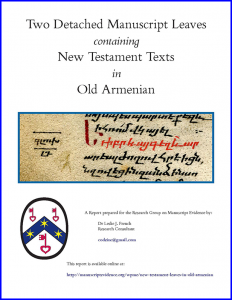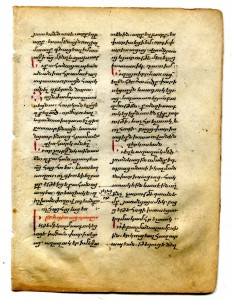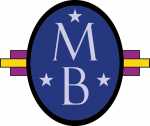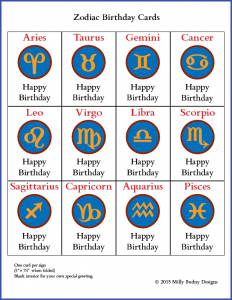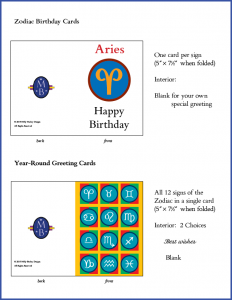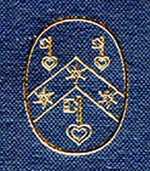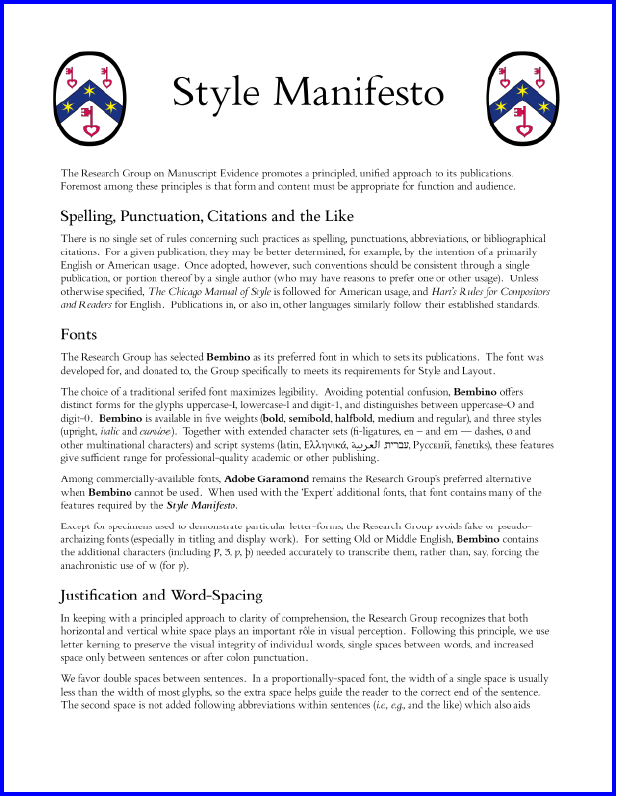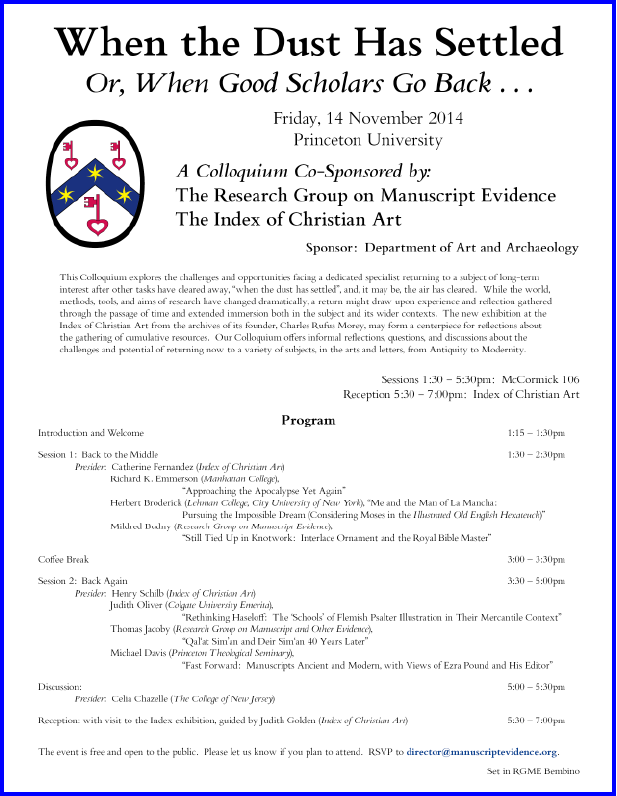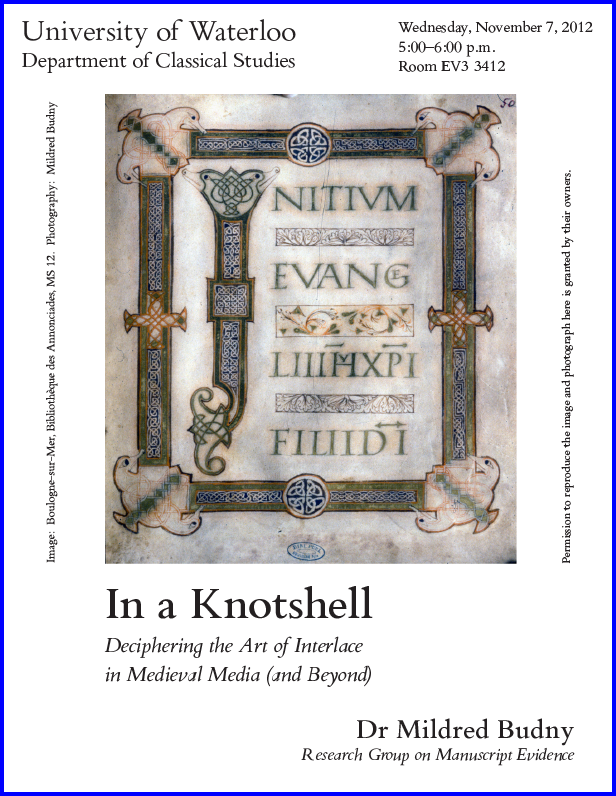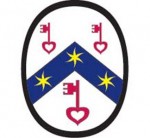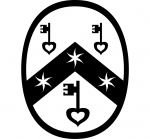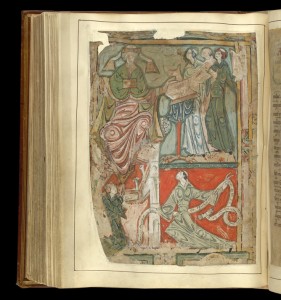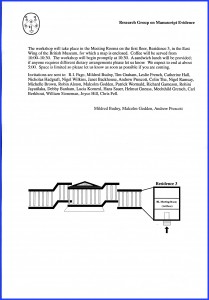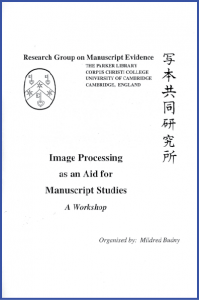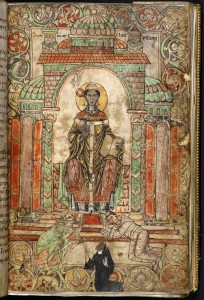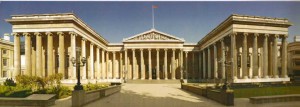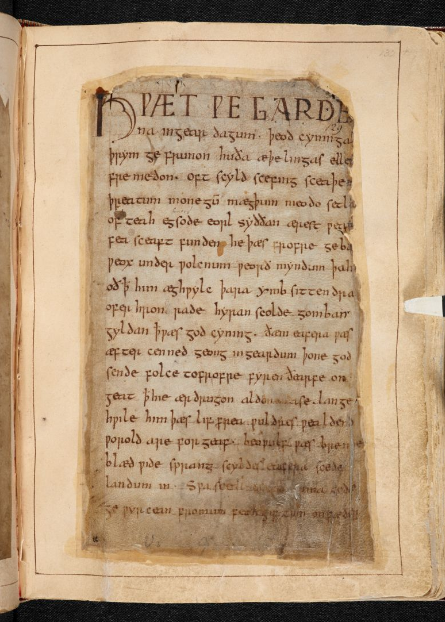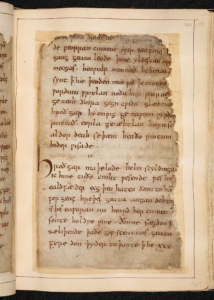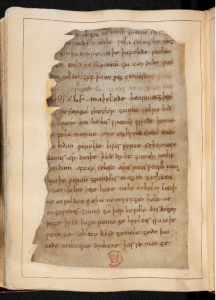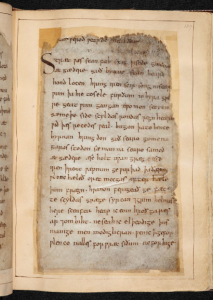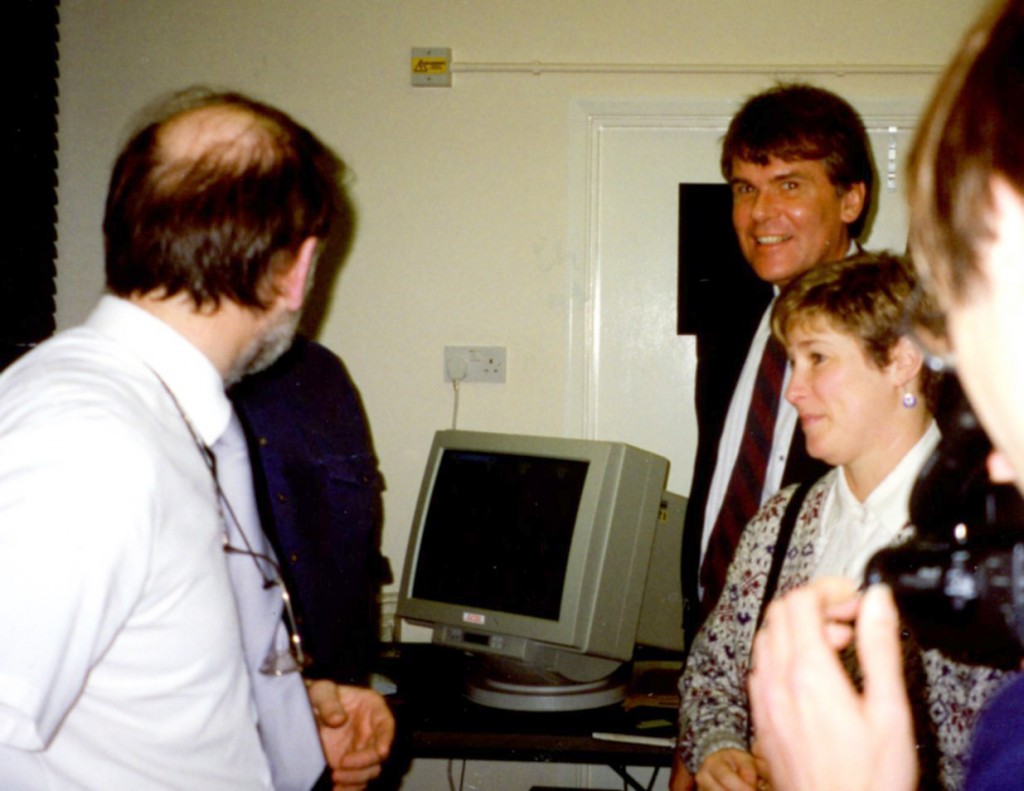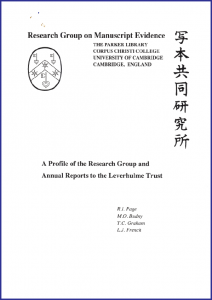More Fonts for Bembino: Devanāgarī (Hindi) and Tibetan (High-Uchen Script)
May 6, 2024 in Announcements, Bembino, Manuscript Studies
Fonts for Tibetan
(High Uchen-Style)
and Hindi
(Devanāgarī)
for our
Multi-Lingual Font Bembino
[Posted on 5 May 2024, with updates]
By request, work continues on improvements for our copyright multi-lingual font Bembino. Step by step, fonts for more languages are added. Now we turn to Devanāgarī (Hindi) and Tibetan (High-Uchen Script).
By September 2023, specimens of these fonts in Bembino were ready to show for comment. Now, after some RGME online and hybrid activities have been accomplished (October 2023 and January, February, and April 2024, with more in May and June), we show the specimens for your review. Please let us know what you think!
[P.S. Meanwhile, another request, by our RGME Associate Reid Byers, has led also to work on Elvish for J.R.R. Tolkin‘s creation Tengwar. Coming soon!]
Multi-Lingual Bembino
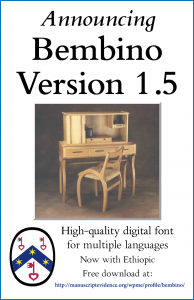
Poster Announcing Bembino Version 1.5
Our copyright font is freely available for download and use for non-commercial and commercial use alike. You might download the font, and its companion Booklet, here:
That booklet and the font itself (now in Version 1.5) are freely available via Bembino. The “Bembino” Booklet describes and illustrates the font.
Another Booklet showing “Examples of Our Font in Multiple Languages” appeared in March 2018, with an updated Version 1.1 (June 2018).
- Multi-Lingual Bembino (2018)
This booklet contains examples of some of the wide range of languages that can be typeset using the Research Group on Manuscript Evidence ‘Bembino’ font.
The Specimen Text

Multi-Lingual Bembino Booklet Cover
The chosen text is the same for all examples in the booklet for Multi-Lingual Bembino.
The Specimen Text comes from: Exodus chapter 20 verses 1–17, one of the sets of the ‘Ten Commandments’ in the Old Testament.
The languages are listed in alphabetical order by their English name (so ‘Welsh’ rather than ‘Cymraeg’). The set of languages presented is not exhaustive. Many of the languages that use basic Latin are omitted, as are the languages for some of the former Russian Federation countries that use Cyrillic.
*****
The new, on-going, work provides fonts for more cases.
After creating fonts for Japanese, Ethiopic, and Arabic, the direction to South Asia seemed worth pursuing. Requests arrived, and work began.
Hindi: Devanāgarī
Devanāgarī is a left-to-right writing system used in the Indian subcontinent. “The Devanāgarī script, composed of 48 primary characters, including 14 vowels and 34 consonants, is the fourth most widely adopted writing system in the world, being used for more than 120 languages.” (See Devanāgarī.)
Our Bembino Specimen is set for Hindi, “the fourth most-spoken language in the world, after Mandarin, Spanish and English”.
The background for the work to produce such a font for Bembino extended across several years. We owe the quest to comments offered by Harry Blair, responding to Bembino as a multi-lingual digital font in use for a variety of purposes.
For example (6 February 2019):
I was thinking that if Leslie had done Japanese and Ethiopic and Arabic (much harder than Devanāgarī, it seemed to me), then South Asia might be an interesting direction to take. Simpler than Western languages in that there’s only one case (no upper and lower), but more complex with all the conjuncts. Plus the vowels sometimes shift around consonants, sometimes preceding them in writing while following them in speaking.”
1. Most of the conjuncts in common use are like ligatures in Western scripts: 2 letters joined in such a way that it’s easy to grasp what the separate letters are. This Wikibooks table shows them (<https://en.wikibooks.org/
2. There’s a much smaller set of conjuncts commonly used that yield an entirely different form, listed at the bottom of the WikiBooks table as “special cases”.
Taking up the case, our Font Designer reported (5 February 2019):
I checked the latest version (11.0) of Unicode and they haven’t done anything to address the issues with Devanāgarī.
Here is my understanding of the issue, ignoring all the vehement rhetoric.
Basically, similar to Arabic, Devanagari has a ‘core’ of about 50 letter shapes (consonants and vowels) but when they co-occur there are combined forms that must be used. It’s as though the fi, ffi, fl etc. ligatures were *mandatory* to set English. There are about 1,000+ of these ‘ligatures’ needed correctly to set Devanagari. Unicode contains only 128 glyphs for Devanagari, including punctuation and numerals! Now, it is true that some of the ‘missing’ glyphs can be formed from the basic letters + overprints. Think of European accents, and the core ‘a’ used to form á, ä, à etc., but without having separate codepoints for â, ä and so on. But there are still some combinations that need different shapes (like ffi) not just overprints.
There is no space in Unicode to add those different shapes. They could be added through special font tables (like I did for the joined-up Ethiopic numerals), and there are specific tables in OpenType (the format I use for Bembino) to support them. But building those tables requires an expert knowledge of Devanagari typesetting. There are some sites on the Web that can help, but if I made a mistake I would never know.
Having said that, I’m willing to take on the challenge if I can get some help checking what I produce, similar to that Augustine [Dickinson] did with the Ethiopic [by asking for diacritics for Ge’ez among the languages of Ethiopia].
[Note: Our Associate Augustine Dickinson is now the Acting RGME WebMaster, as of 1 July 2023.]
With some suggestions for the specimen forms (such as more contrast between thick and thin strokes), a revised version of Devanāgarī for Bembino is now available upon request, before the next version of Bembino as a whole appears.
Bembino for Hindi and Tibetan
Now, a poster-style page shows the Bembino fonts so far for Hindi and Tibetan.
The Specimen Text
The chosen text is the same for all examples in the booklet for Multi-Lingual Bembino. As described above, the Specimen Text comes from: Exodus chapter 20 verses 1–17, one of the sets of the ‘Ten Commandments’ in the Old Testament.

Fonts for Hindi and Tibetan for Multi-Lingual Bembino in Specimen Text.
Tibetan
Tibetan script is a segmental writing system, written from left to right. The alphabet has thirty basic letters for consonants. Syllables are separated by a tsek (་), and spaces are not used to divide words. Because many Tibetan words are monosyllabic, the mark can function as if a space between words. (See, for example, The Tibetan Writing System.)
When I [Mildred Budny, Editor-in-Chief of RGME Publications] asked our Font Designer about the choice of script for Tibetan, High-Uchen Style, he said: “I think it is beautiful”.
Here is a specimen of the script in manuscript form. I show the specimen, and add parts of the companion description (metadata) which comes with the image in its digital facsimile available freely online.

Photograph: Ms. Sarah Walsh.
Notes on the Image
Image via Wikimedia Commons under CC 4.0 license, via https://commons.wikimedia.org/wiki/File:Isha_Upanishad_Verses_1_to_3,_Shukla_Yajurveda,_Sanskrit,_Devanagari.jpg
Information given at that source:
“Language: Sanskrit
“Script: Devanagari
“Script style: pre-14th century (Northern / Western)
“Isha Upanishad, verses 1–2, partially 3
“The thick text is the Upanishad scripture, the small text in the margins and edges are an unknown scholar’s notes and comments in the typical Hindu style of a minor bhasya.
“The photo above is of a 2D artwork of a text that is over 2,000 years old, from a manuscript that was produced decades before 1923. Therefore Wikimedia Commons PD-Art licensing guidelines apply. Any rights I have as a photographer is herewith donated to wikimedia commons under CC 4.0 license.
“The early Upanishads (Upanisad, Upanisat) are scriptures of Hinduism. Variously dated by scholars to have been composed between 900 BCE to about 200 BCE, these texts are in Sanskrit language and embedded within a layer of the Vedas. They contain a mixture of philosophy and mystical speculations, many set in the form of dialogues or pedagogic style. Their central teachings include the concepts of Atman (soul, self) and Brahman (metaphysical reality).
“These manuscripts are preserved at the Lalchand Research Library, Ancient Indian Manuscript Collection, DAV College Digital Library Initiative, Chandigarh India, in association with SP Lohia and Indorama Charitable Trust. The texts are over 2000 years old, the re-copying into this particular manuscript is dated to a pre-1867 reproduction (exact date unknown). The manuscript shows significant stain marks, decay and damage on the sides and its edges.”
*****
Suggestion Box
Do you have suggestions, questions, or requests for Bembino?
Please leave your comments here, Contact Us, or visit
- our FaceBook Page
- our Facebook Group
- our Twitter Feed (@rgme_mss)
- our Bluesky nest @rgmesocial.bluesky.social)
- our LinkedIn Group
- our Blog on Manuscript Studies and its Contents List
Donations and contributions, in funds or in kind, are welcome and easy to give. Given our low overheads, your donations have direct impact on our work and the furtherance of our mission. For our Section 501(c)(3) nonprofit educational organization, your donations may be tax-deductible to the fullest extent permitted by law. Thank you for your support!
We look forward to hearing from you.
*****













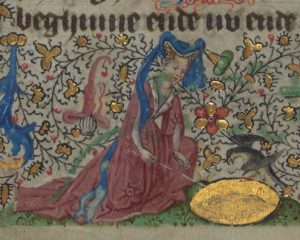
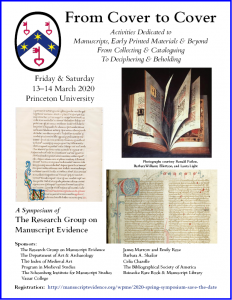

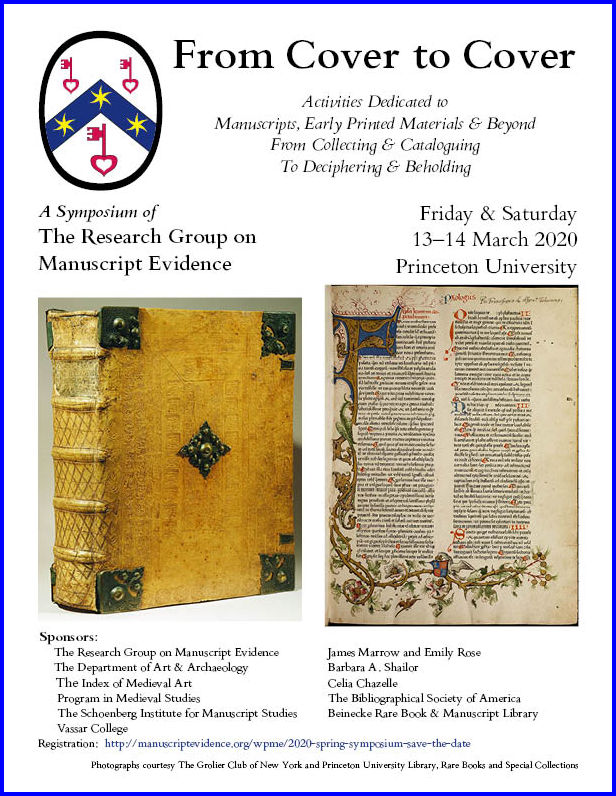

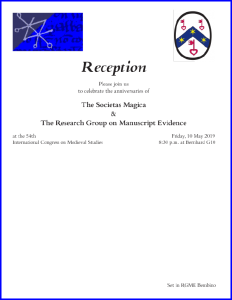

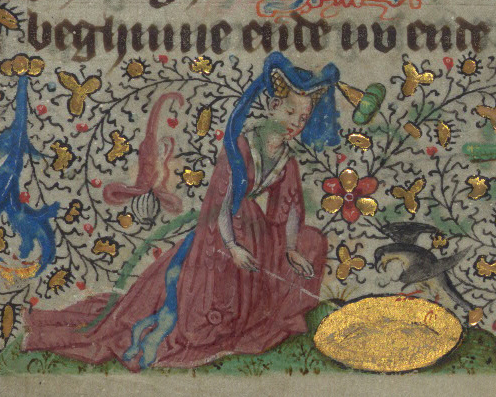
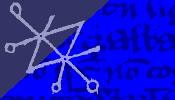
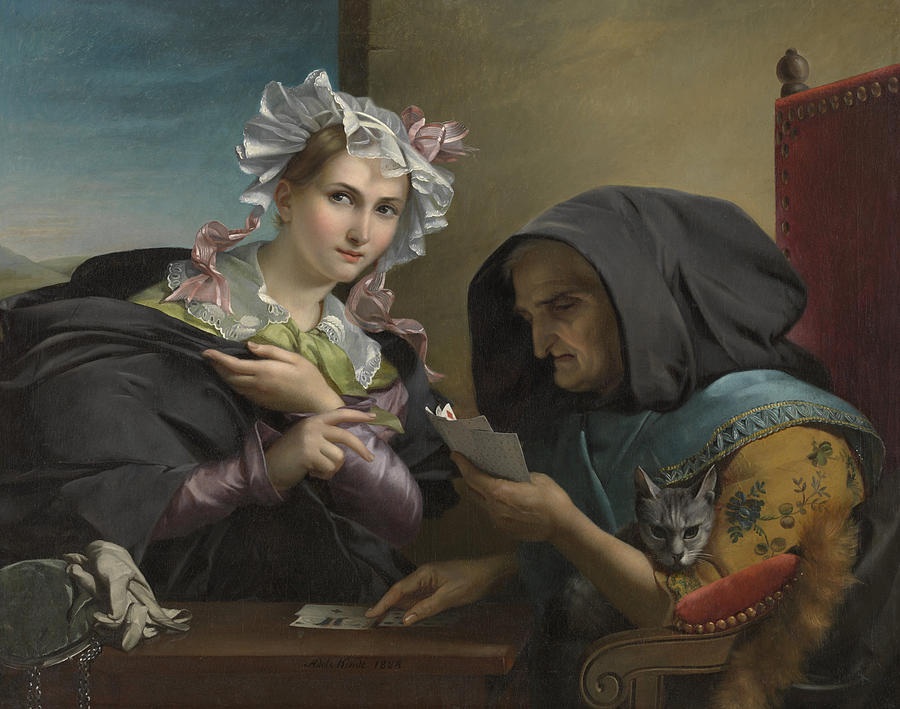
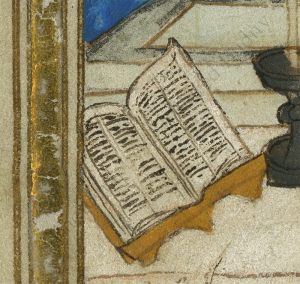 Our custom is to post on our website the Abstracts for the Papers of our Sessions at the Congress. (See our
Our custom is to post on our website the Abstracts for the Papers of our Sessions at the Congress. (See our 
